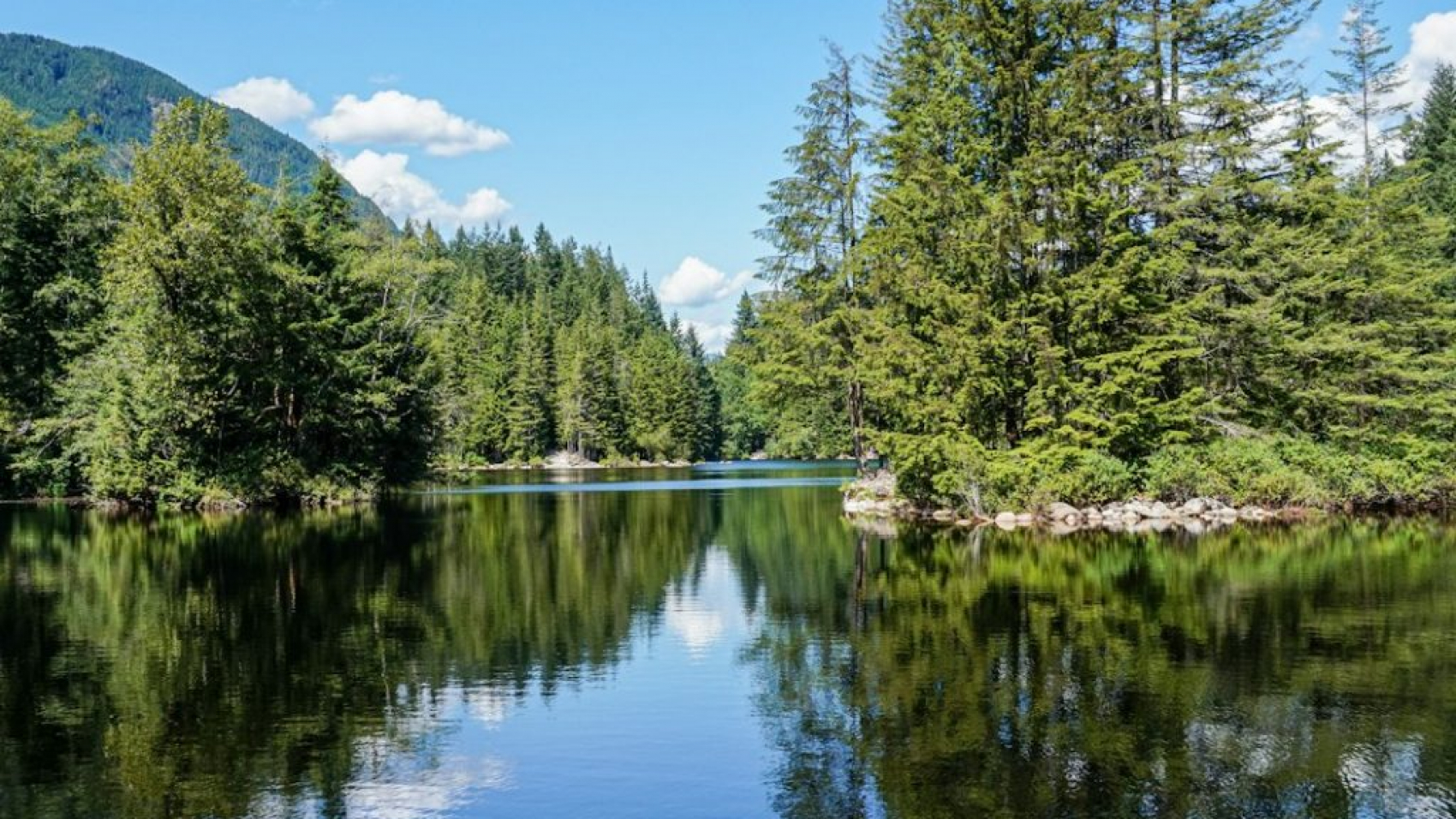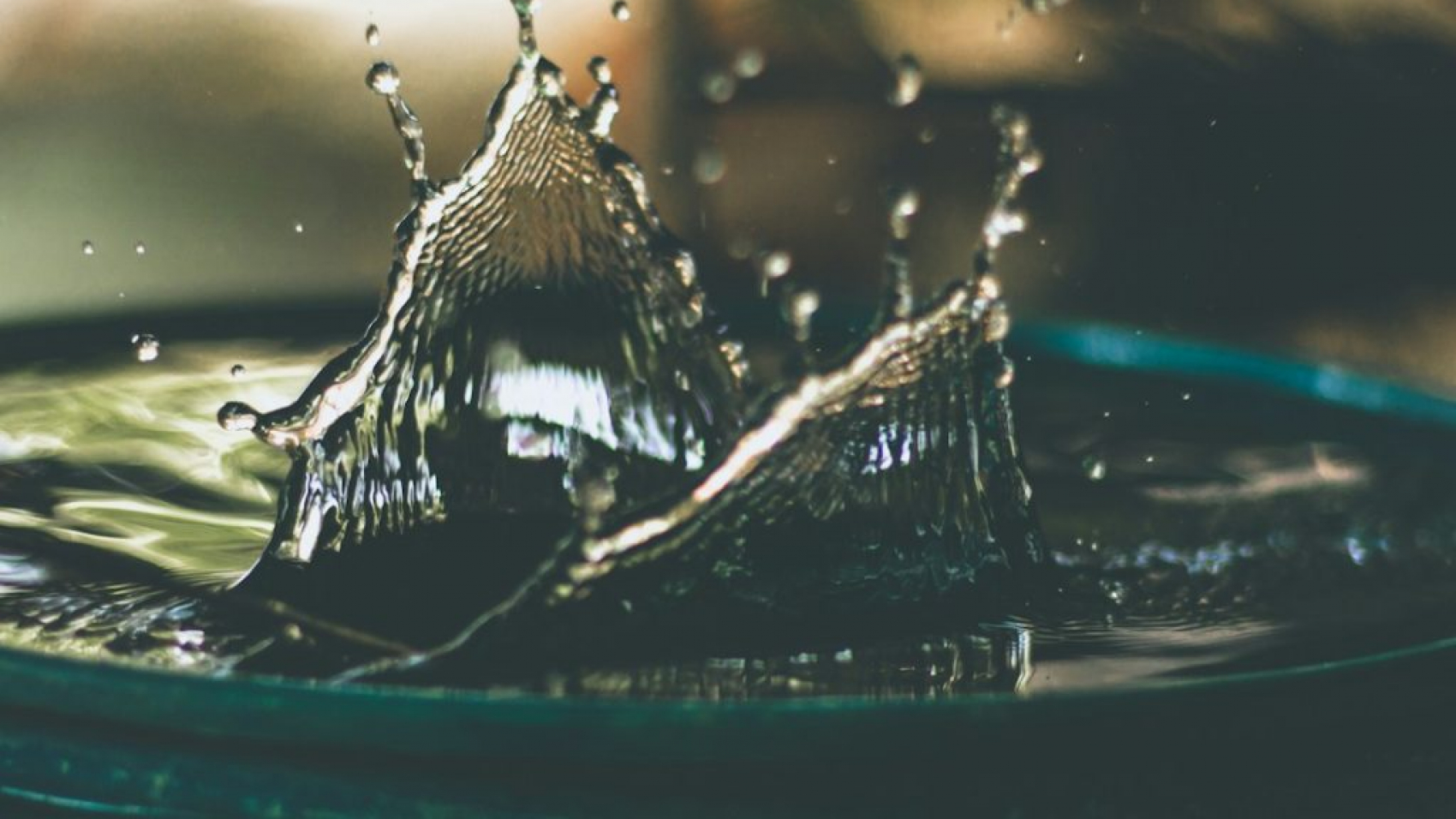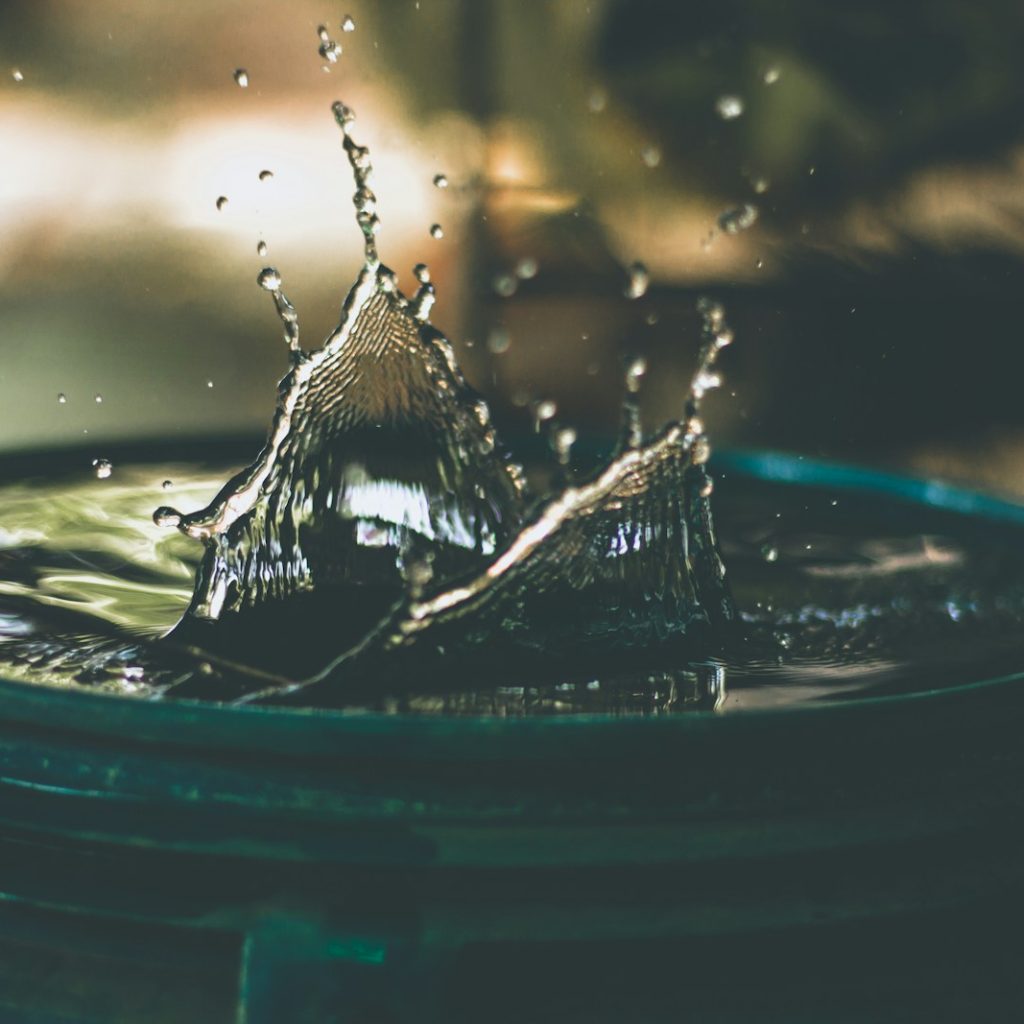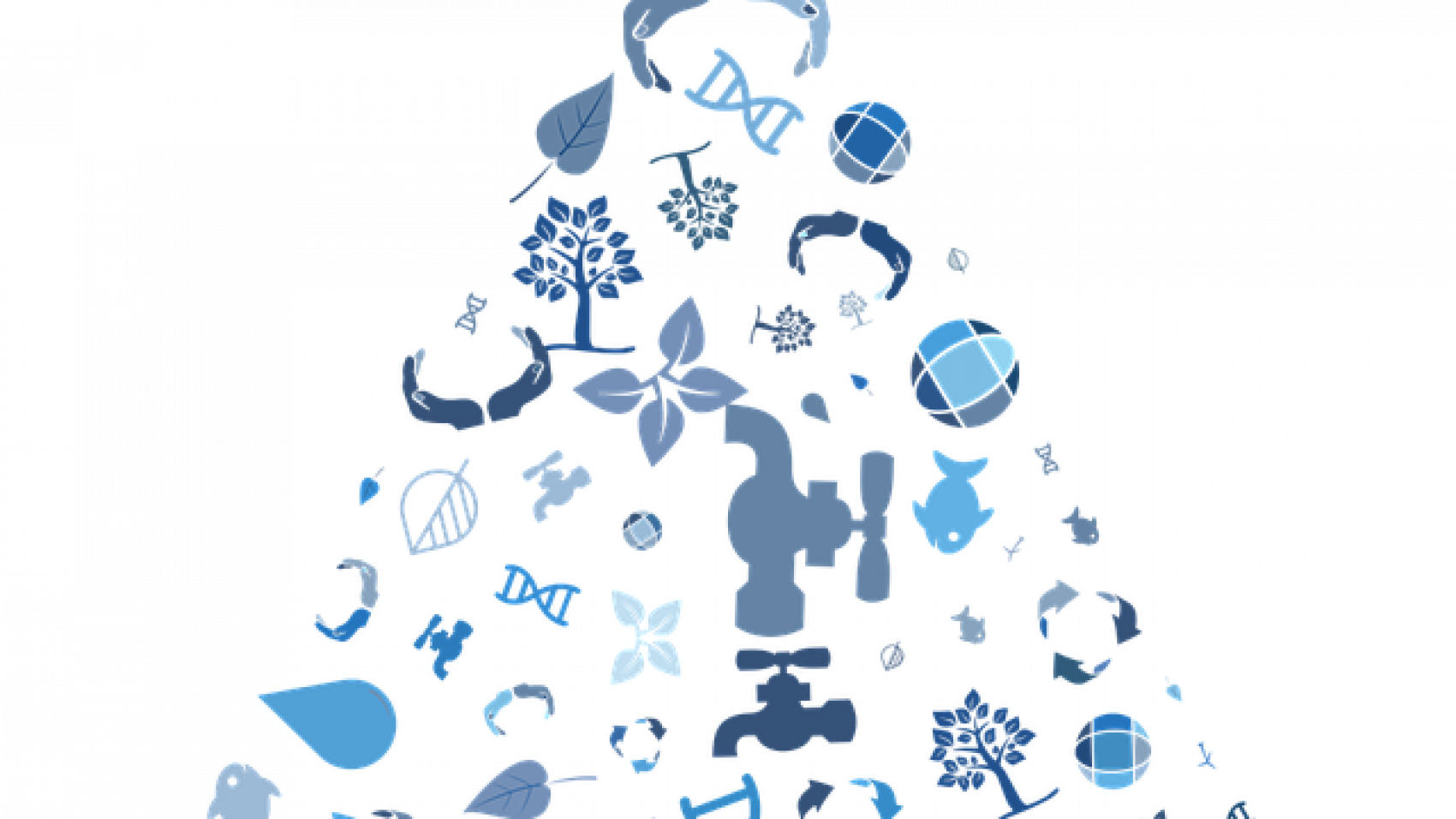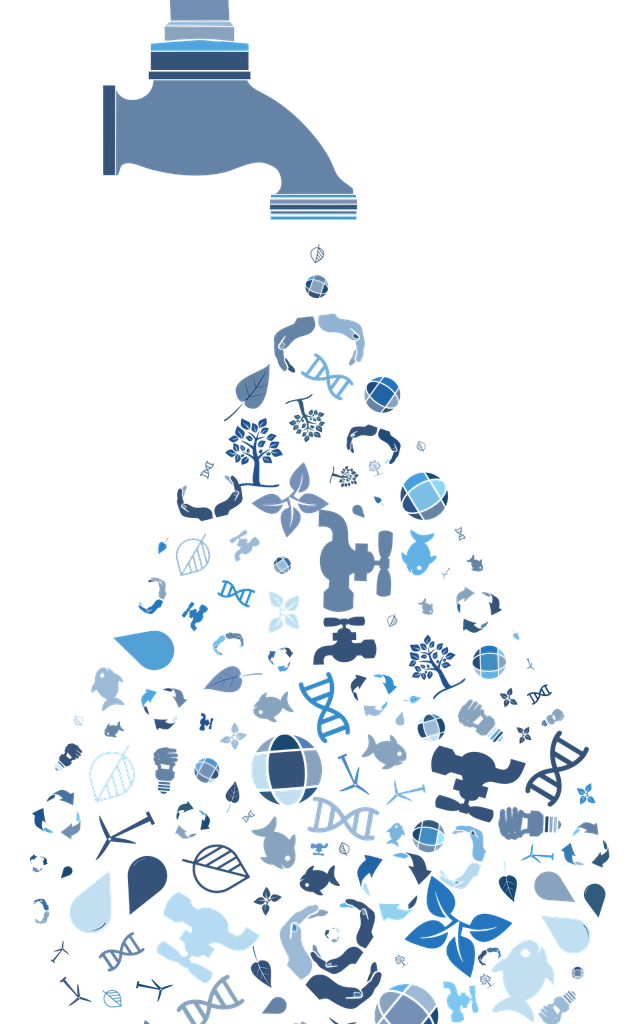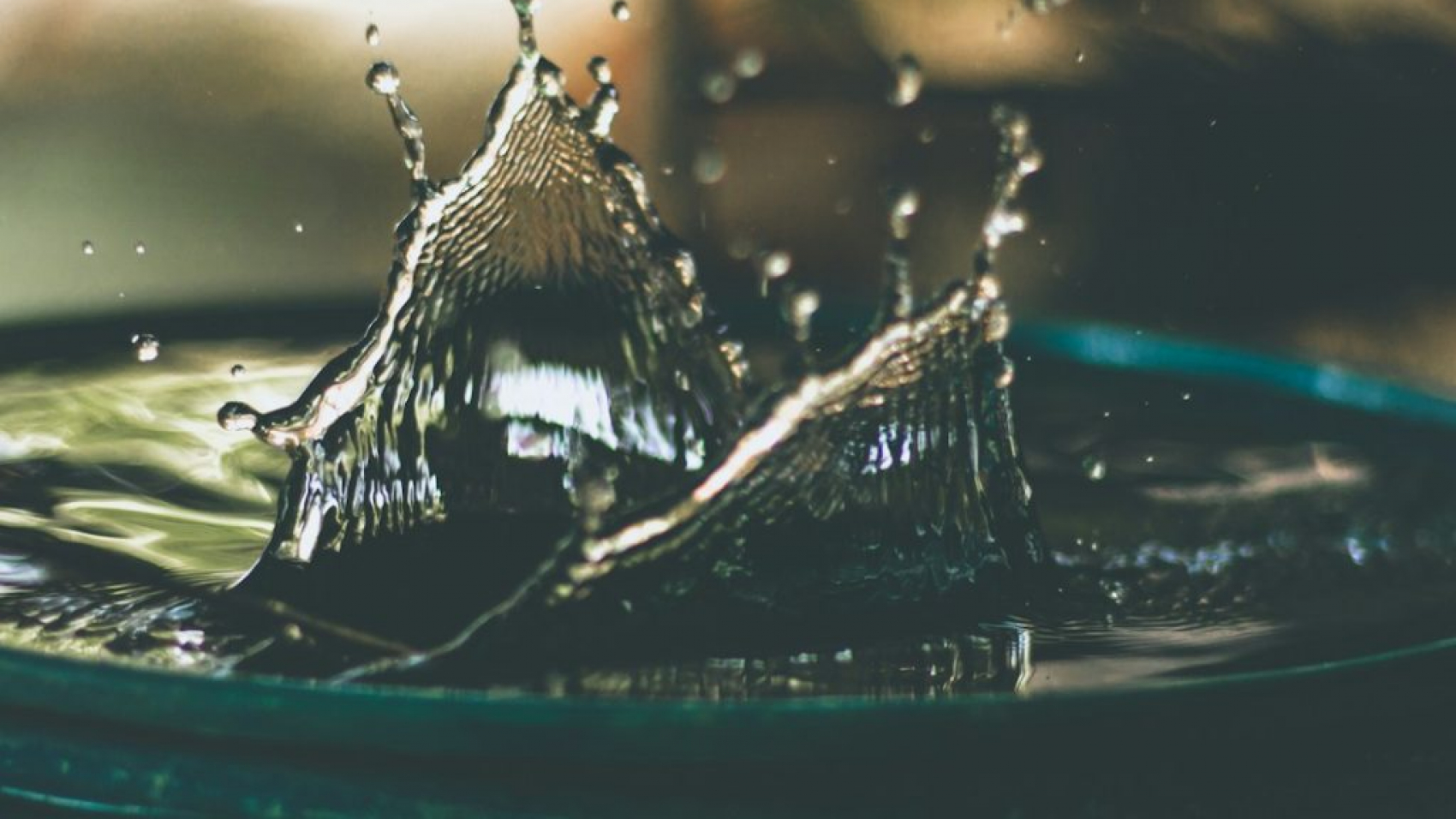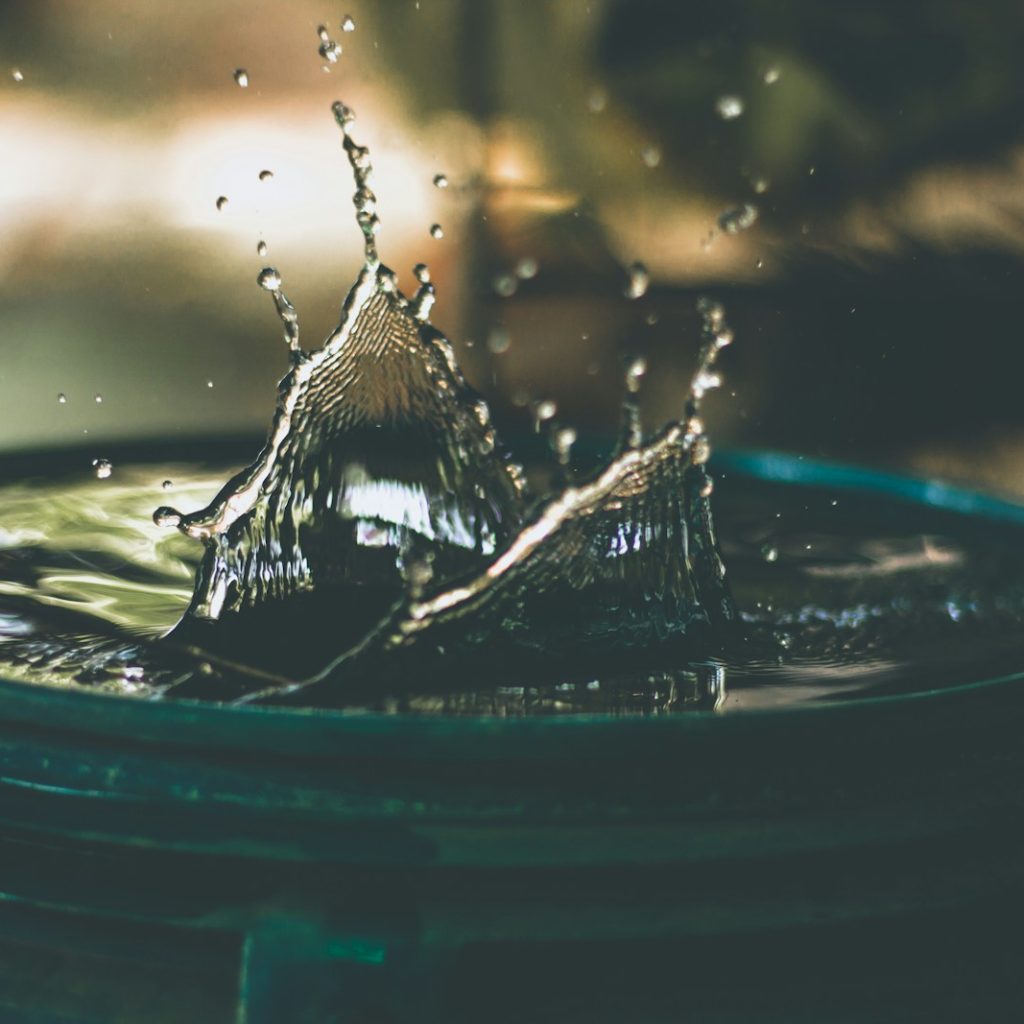A Guide to Water Conservation - Saving Water
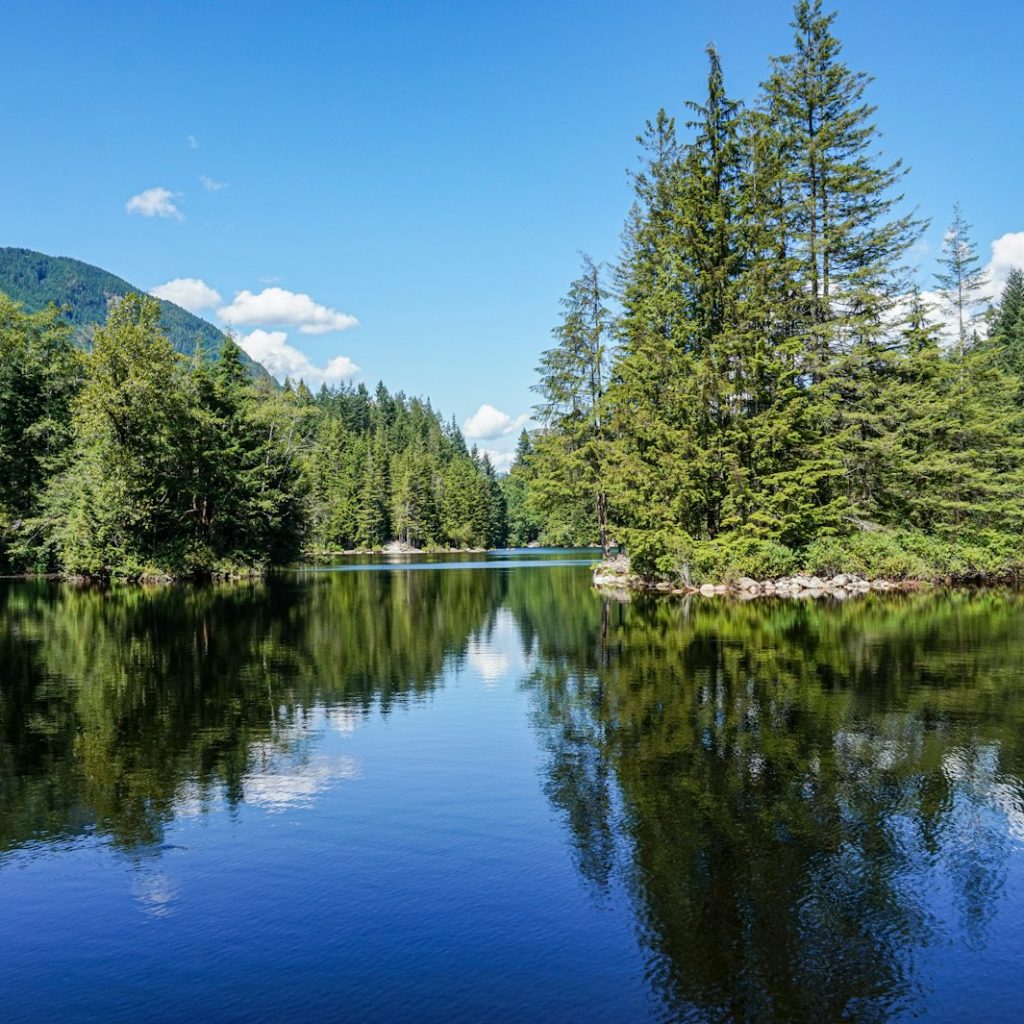
Water conservation is the careful, mindful use and safety of the water. It requires both the quantity and the quality of the water used. Water is an essential fuel for the survival of all living. Water is a crucial necessity for residents in the agriculture sector.
As the human population grows, there has been a real demand for water resources. The lack of maintenance of traditional water sources such as rivers and dams, the uncaring and ill-treatment of groundwater, and the inaccurate preservation of surface water implementations have made the problem even more serious. This problem appears to have not yet been addressed in the coming years, and thus, future generations will struggle.
Now with the aid of different systems, you can save water and use it in ways that have not existed before. One simple and regularly-released solution that may be used to reduce the water fee is to use the water twice. Water can be reused over and over, as opposed to power.
Basic Facts Related to Water
Undoubtedly, water is the most fundamental resource for living beings, and it is constantly misused and wasted without recognizing the aftermath of this waste. Here are a couple of the details that are connected to water and illustrate how important water is for us in order to note its importance.
Some Facts
- The average grown-up human body is made out of 50-65 percent of water, which creates an average of around 57-60 percent.
- Water present on Earth is in limited quantity, whereas it is recycled to meet the needs of living creatures through the water cycle.
- As water is the primary source of life, it provides us with food and vegetables and is consumed by livestock.
- Plants are essential for human survival, and plants are nourished through the water. Vegetation is reliant on water entirely. Plants help the environment and produce oxygen, which keeps us sound. Moreover, trees are commonly utilized for lodging, paper, and other purposes.
- There is approximately 97 percent of water which is saltwater, not suitable for living beings.
- Unfortunately, only 3 percent of water is freshwater, suitable for drinking, yet it is being wasted.
- The remaining 2.5% of freshwater is found in ice sheets, ice covers, the air, soil, or under the Earth’s surface, or is excessively contaminated for utilization.
Concept of Water Conservation
In all parts of the world, including in places where water appears, by all means, to be enough, water preservation has become a basic activity. Water conservation is the most convenient and environmentally sustainable way to reduce the increasing water demand. Similarly, using less water places less weight on our sewage treatment service, which uses abundant energy to heat water.
The collection of sufficient water from ice sheets has grown by 3 percentage points for as long as 50 years. A more substantial amount of water has become a requirement due to lifestyle advancements. To fulfill this advanced lifestyle, the power supply also needs to thrive along with water supplies because of this extended need.
In the same way, saving water will make the life of your sewerage system longer. This minimizes ground absorption, mostly because of openings, by reducing tainting. Likewise, too many civil sewer systems will create contaminated water streams for lakes and waterways. The more conservative the calculation of water flowing into these systems, the less the possibility of pollution. Indeed, a few meetings, such as the network-wide homegrown water safety, evaded the expensive advancement of the sewage system.
Issues Related to Water
Around 900 million to 1.1 billion people live in incredibly pathetic conditions where they face an immense lack of fresh water. Besides this, approximately 2.4 billion people are deprived of necessary sanitation facilities. In recent years, while the total populace has significantly increased, the requirement for water has expanded six-fold. The Unified Countries appraises that in 2025 5 billion of the world’s 8 billion individuals will live in regions where water is scant. Many of these individuals will experience issues getting enough water to meet their fundamental needs.
Expanding populaces, developing agribusiness, industrialization, and excessive use of water to meet the advanced lifestyle have doubled the requirement for water. These dry spells, inflation, and carefree water use have already decreased water levels. Water is regularly taken from lakes, streams, and wetlands to compensate for this deficit, causing genuine ecological harm. It is mentioned in a report by the United Nations, 2003, “Across the globe, groundwater is being depleted by the demands of megacities and agriculture, while fertilizer runoff and pollution are threatening water quality and public health.”
Two main areas of concern related to water are; water pollution and shortage of fresh or clean water. These two areas are causing immense harm to our environment and human beings. We will now have a detailed discussion on these two areas to understand better how we are destroying our habitat and resources.
Water Conservation: The Only Solution
These water-related problems have been under consideration since the beginning, but unfortunately, the experts have yet to prescribe a sound solution. Now, water conservation seems to be the only solution to this terrible problem. Water could be reused; rainwater could be stored and recycled. These old ignored methods are opted again by the experts to overcome this alarming expanding issue.
Importance of Saving Water
Since purified and clean water is less, individuals with this freshwater blessing should save it as much as possible. They can find a way to control their water utilization to dodge wastage and lack. We realize the fact that the planet is generally secured with salt water. And this water has to go through the desalination process, which is immensely expensive. Sparing and restricted water use imply a great deal not exclusively to people but to all the species on Earth.
Natural calamities such as droughts have reduced water levels to an extreme level. Overpopulation is another undeniable factor so that the least privileged humans can save water as much as possible so that the rest of the species can meet their ends.
Why Conserve Water?
Water could only be conserved by using a less amount of it and by not wasting it. As per the facts, we have a reasonable amount of water reservoirs, and the limited amount is also getting consumed incredibly faster. Besides this, saving water does not only mean the conservation of water; rather, it implies that we could save plenty of other natural resources as well. Now the question is how?
Saving water means Saving energy:
- Water is supplied to every household after consuming a tremendous amount of energy; likewise, excessive water is required to cool down the power plants utilized to produce electricity.
- Moreover, home appliances like geysers utilize much energy to warm up the water for bathing, shaving, cleaning, and cooking. And unfortunately, people carelessly over consume this hot water while showering.
DO YOU KNOW?
- Warm waters consume 39 percent of energy in typically every household.
- Washing your clothes with cold water could decrease energy consumption by up to 80 percent.
- The water-efficient Showerhead could save you $100 annually.
- Saving Water Means Saving Money:
- In today’s world, where there are more expenditures than income, we all find ways to save money. One way to save money is to save water. Applying basic water conservation strategies could save gallons of water and thousands of dollars annually.
- Suppose you have your septic system and drain water out of it regularly; a point may occur where the soil is soaked in the septic system, and you have to spend hundreds of dollars repairing it.
- Therefore, if you used less water, you would have to drain less. On the other hand, if you live in a municipal water system community, the more you use the water, the more you would have to pay.
- Your septic system and water pollution might cost a large amount of money. Weed could grow in the lakes due to mineral enrichment caused by a poorly working septic system, and then you would have to pay.
Saving Water Means Saving Nature:
- If we save water, then automatically, we save our nature as well. Natural disasters like droughts could decrease so much that we carefully use our water and apply water conservation strategies.
- A point that requires pondering is that if we consume all the water nature has to offer, our future generations will suffer. They would not have enough water to survive in this world.
- Moreover, we must save water for plants, vegetation, and food. Our ecosystem will be extremely disturbed if we do not start conserving water.
How Can You Help?
(WHAT CAN YOU DO TO CONSERVE WATER)
It is time now that we all start to conserve water. If everyone starts to save water individually, we could save gallons of water as a community. We could observe water-saving strategies in the kitchen, bathroom, backyard, gardens, and laundry room and teach our kids.
Save water in the kitchen:
- When you wash dishes, do not leave the tap on and let the water run; instead, use a shower gadget to save water. This would save 200 to 500 gallons of water per year.
- While washing utensils, use less detergent; rinsing them takes less water and saves up to 50 to 150 gallons per year.
- Please do not waste water in defrosting frozen items; use a microwave or icebox to defrost them.
- Please do not wash the vegetables with running water; instead, fill and wash a container, saving 150 to 250 gallons of water.
- Try to cook food in less water; this would save water and keep the nutrients within the food.
Save water in the bathroom:
- Do not waste cold water while waiting for warm water; instead, fill up a container or bucket so that the cold water can be used to water plants later on. This would save 200 to 250 gallons of water.
- Check your toilet leaks regularly; leaks could waste up to 400 gallons of water annually.
- Make sure you do not waste an excessive amount of water while brushing your teeth. This could save up to 3 gallons of water daily.
- Take short-timed showers and waste less water; a 4-minute shower utilizes 20 to 40 gallons of water.
Save water in the laundry room:
Run the washer only when you desire it.
Soak dirty clothes in a water container so they do not require a second wash.
Save water in the yard or garden:
- Do not water your plants on a windy day; these days, water evaporates and wastes up to 300-gallon Water in single water.
- Water plants early in the morning to save up to 300 gallons.
- If you have a pool in your house, use the pool cover to prevent water evaporation and keep the water clean so you do not have to use wastewater. This could save up to 1000 gallons of water.
- Put a layer of mulch around trees and plants. Pieces of bark, peat greenery, or rock gradually slow down evaporation. This saves 750 to 1,500 gallons every month.
- Teach your kids to save water:
- Teach kids not to insist on toys that involve water consumption.
- Teach your kids not to use wastewater in the washroom.
- If your kid has a pet fish, do not waste the water and reuse it after cleaning it.
- Ask your kids not to play with water in the garden, for instance, water fighting.
Strategies Promoting Water Conservation
Harvesting rainwater:
- Harvesting rainwater means saving water and then using it later. The system has unique units incorporating rainwater transportation, filtration, and storing processed water.
- It will be more beneficial to install a rainwater storage unit in our homes to spare more water.
- Rooftop rainwater harvesting.
- The revival of traditional water harvesting structures.
- Micro-catchment water harvesting
- Recharge structures for wells and borewells.
Sustainable water usage:
Sustainable water supply includes an arrangement of joined activities rather than disconnected strategies. It relies upon the person’s ability to save water, administrative regulations, changes in the building industry, industrial forms production, land occupation, and so forth. The challenge is to make components of direction. Following are the ways to opt for this strategy:
Minimize domestic water consumption.
- Recycling of wastewater
- Improved irrigation methods
Maintain and improve the quality of water:
Various species on Earth utilize water. Therefore the quality of the water should be maintained.
Raising awareness regarding water conservation:
Most importantly, we must educate everyone about water’s importance. The more we educate people, the more water we save. Every leakage ought to be fixed in the drainage system wherever available.
Wasting water has become a powerful environmental issue – both at consumer and industrial levels. It has become essential for people and organizations to discover approaches to decreasing water wastage and conserving it.
There are various approaches to saving water. Conserving is one, and reusing it is another. Reusing water is a fantastic approach to conserving water.
Bottom Line
Conserving Water has become crucial nowadays; not only our future generation but we could get into grave danger if water becomes unavailable. We need to opt for strategies to save water so that we protect our future by saving water.

